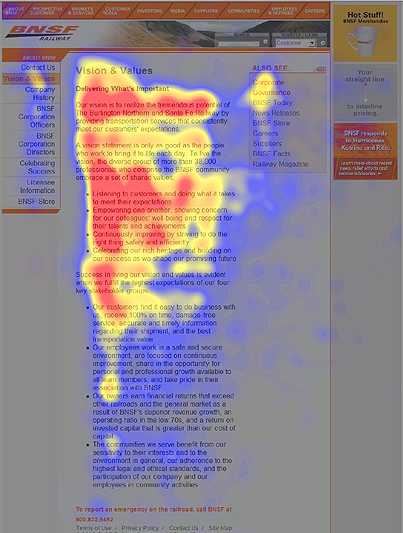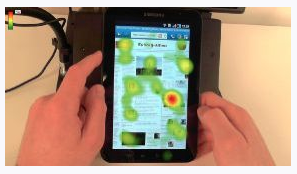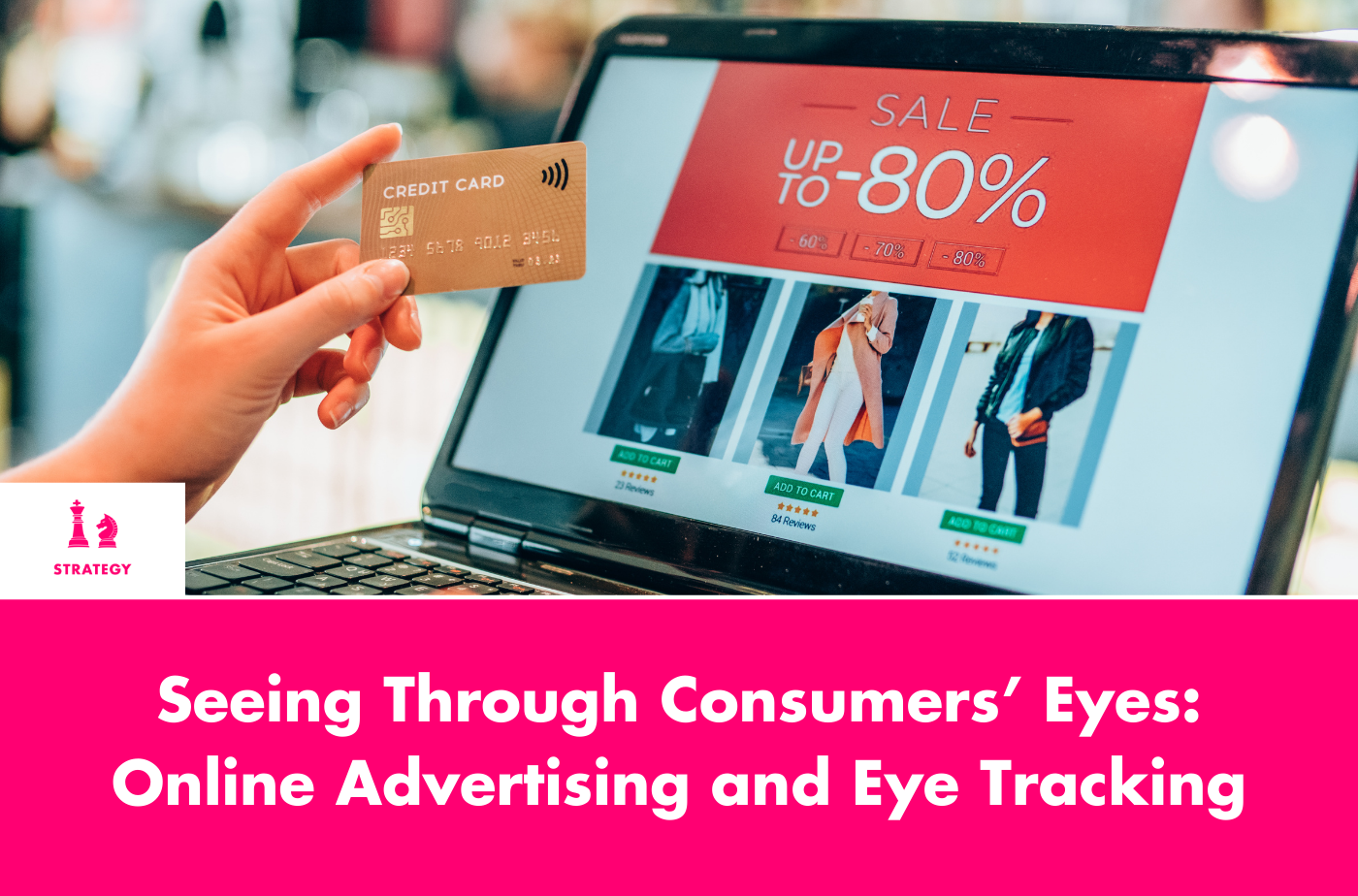Seeing Through Consumers’ Eyes: Online Advertising and Eye Tracking
In today’s marketing landscape, the window of opportunity for an advertisement is extremely brief. Many consumers actively tune out ads as soon as they recognize them. This holds true for television, print, and the Internet. According to several studies, the average consumer is inundated with up to 5,000 advertisements per day. It is unmanageable for any person to give their full attention to all these ads. Therefore, the eye of the consumer holds a wealth of valuable information.
In the past decade, the Internet has overtaken traditional media and has become an unavoidable outlet for advertisers. It is crucial to understand how and when consumers will devote their attention to online commercial stimuli and what underlies their attention strategies. Measuring visual attention in regards to online advertising has been explored with eye tracking technology.
Eye trackers use a small camera that bounces infrared light off a user’s eyes and follows the reflections in order to pinpoint where their eyes are looking. Eye trackers make it simple to collect specific visual data on user behavior. They also can tell whether users are reading or scanning, learn the relative intensity of a user’s attention to various parts of a web page, and are able to determine whether a user is searching for a specific item.

 The gaze plot and heat map visualizations above reveal that website visitors avoid looking at special offers that appear in a banner-like format. This phenomenon is known as “banner blindness.” Results from eye tracking show that optimizing the format, layout, and placement of online messages can greatly increase brand impact.
Mobile phones and other mobile devices are increasingly being used for web surfing and online shopping. As a result, mobile advertising is growing rapidly and is considered to have an edge over other forms of traditional marketing because the mobile phone is a targeted, individual device.
The gaze plot and heat map visualizations above reveal that website visitors avoid looking at special offers that appear in a banner-like format. This phenomenon is known as “banner blindness.” Results from eye tracking show that optimizing the format, layout, and placement of online messages can greatly increase brand impact.
Mobile phones and other mobile devices are increasingly being used for web surfing and online shopping. As a result, mobile advertising is growing rapidly and is considered to have an edge over other forms of traditional marketing because the mobile phone is a targeted, individual device.
 Eye tracking can also reveal the effectiveness of email campaigns, ad banners, landing pages, and game advertising on mobile devices. Moreover, it can help companies to optimize mobile advertising to limited screen sizes, touch screens, and users’ general behavior.
Efficient and accurate eye tracking solutions that allow for natural interaction with mobile devices are made possible by using standalone eye trackers. Users can hold the device, rotate it between landscape and portrait modes, and interact with it comfortably. This type of fixed setup is ideal for quantitative studies.
For larger devices (such as tablets) and qualitative studies, mobile eye trackers can be used that allow for completely free eye movement. Mobile interfaces can be projected onscreen using an emulator. This works by navigating a virtual mobile phone on a computer screen.
Knowing what consumers focus on is a vital first step to ensuring marketing effectiveness. Eye tracking offers a unique method to objectively measure consumers’ attention and spontaneous responses to online advertising. Instead of asking people to describe their engagement or recall their reactions, eye tracking lets you see it in real time. It minimizes recall errors and reveals information that conventional research methods normally miss. Every online marketer should consider utilizing this groundbreaking technology.
Here are some companies that offer eye tracking systems and services: Tobii, EyeTracking, Inc., and SensoMotoric Instruments.
Eye tracking can also reveal the effectiveness of email campaigns, ad banners, landing pages, and game advertising on mobile devices. Moreover, it can help companies to optimize mobile advertising to limited screen sizes, touch screens, and users’ general behavior.
Efficient and accurate eye tracking solutions that allow for natural interaction with mobile devices are made possible by using standalone eye trackers. Users can hold the device, rotate it between landscape and portrait modes, and interact with it comfortably. This type of fixed setup is ideal for quantitative studies.
For larger devices (such as tablets) and qualitative studies, mobile eye trackers can be used that allow for completely free eye movement. Mobile interfaces can be projected onscreen using an emulator. This works by navigating a virtual mobile phone on a computer screen.
Knowing what consumers focus on is a vital first step to ensuring marketing effectiveness. Eye tracking offers a unique method to objectively measure consumers’ attention and spontaneous responses to online advertising. Instead of asking people to describe their engagement or recall their reactions, eye tracking lets you see it in real time. It minimizes recall errors and reveals information that conventional research methods normally miss. Every online marketer should consider utilizing this groundbreaking technology.
Here are some companies that offer eye tracking systems and services: Tobii, EyeTracking, Inc., and SensoMotoric Instruments. BOSTON, MARS



